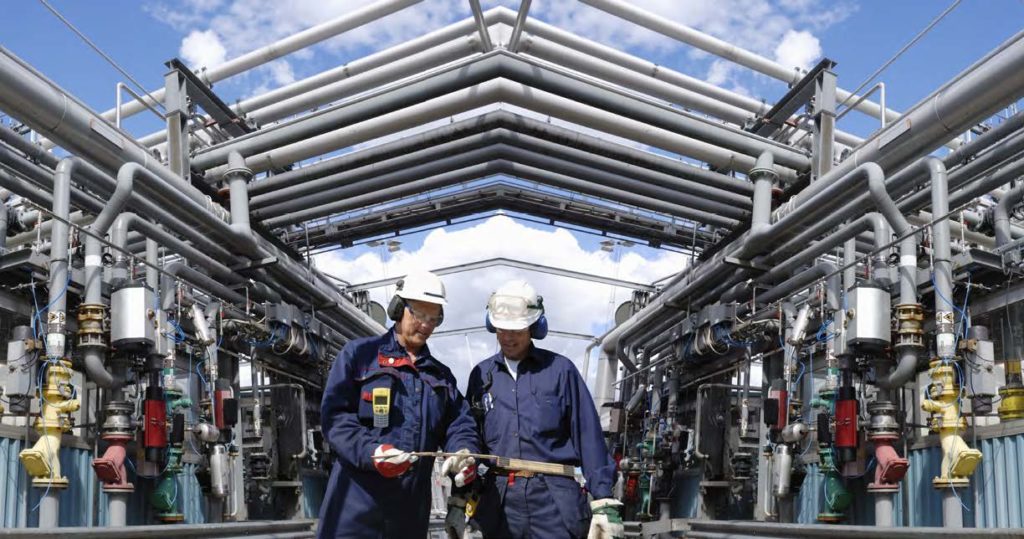
Advancing Government Efficiency with a Unified Common Operating Picture
In today’s complex operational environment, government agencies face the challenge of managing vast amounts of data across multiple platforms. The absence of a unified system
Oil and gas manufacturers are vulnerable to a range of potential dangers, from technical failures and fire to natural and man-made disasters. In every case, the company’s emer-gency management (EM) team’s ability to act quickly and decisively can make the differ-ence between operational failure and business continuity—or even life and death.

Compounding the challenges facing emergency managers are tightening regulations within the oil and gas industry, which have been increasing recently in response to oil and gas
catastrophes worldwide. With penalties for non-compliance ranging from steep fines to operational shutdown, much is at stake. Oil and gas companies today require a flexible, enterprise-wide incident management solution that can deliver an accurate, real-time flow
of information for improved emergency preparedness, response, and recovery.
When leaders of one of the world’s largest independent oil and gas companies needed centralized, real-time incident management technology to support emergency preparedness, response, and recovery, they chose Juvare. With assets worldwide, the company’s top priorities were to centralize incident management, gain real-time access to information from multiple disciplinary subject matter experts, and empower accurate, effective reporting.
1 – Centralize Incident Management
2 – Gain real-time access to information
3 – Empower accurate, effective reporting
Accurate reporting was especially critical for maintaining multiple compliance standards, as the company owns assets in numerous worldwide juris-dictions, with disparate regulatory approaches.
A high priority of the company’s emergency preparedness initiative was the ability to centralize incident management and reporting all in one place, with established role-based permissions. Previous practices for information sharing were time-consuming, inconsistent, and difficult to track, the latter of which is critical for improving operational efficiency and meeting regulatory compliance.
To improve operational efficiency and performance, the oil and gas company chose WebEOC Pro as its technology solution, which delivered the required functionality:
• a centralized place to manage incidents and streamline communication and reporting
• real-time access to critical information for improved decision-making
• establishing a single solution for cross functional and multiple disciplinary collaboration
regardless of geography
• flexibility and configurability to support unique processes and workflows ensuring
ongevity of their WebEOC investment
After implementing Juvare WebEOC and training personnel on the technology, the EM team significantly improved the efficiency and effectiveness of communications and re-porting on all
fronts. Leveraging the solution’s flexibility and configurability provided situational awareness and a common operating picture of all data about critical incidences and occurrences. With settings for customized visibility and role-based permissions, the speed and accuracy of emergency communication improved. Real-time data access enabled faster, potentially lifesaving decision-making.

In today’s complex operational environment, government agencies face the challenge of managing vast amounts of data across multiple platforms. The absence of a unified system

A recent report from Homeland Security Today underscores a pressing concern: the fragility of the U.S. healthcare infrastructure poses a significant national security threat. The

The increasing frequency and complexity of disasters—both natural and man-made—have placed immense pressure on crisis management teams. Responders must make quick, informed decisions to mitigate
©2025 Juvare, LLC